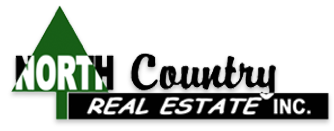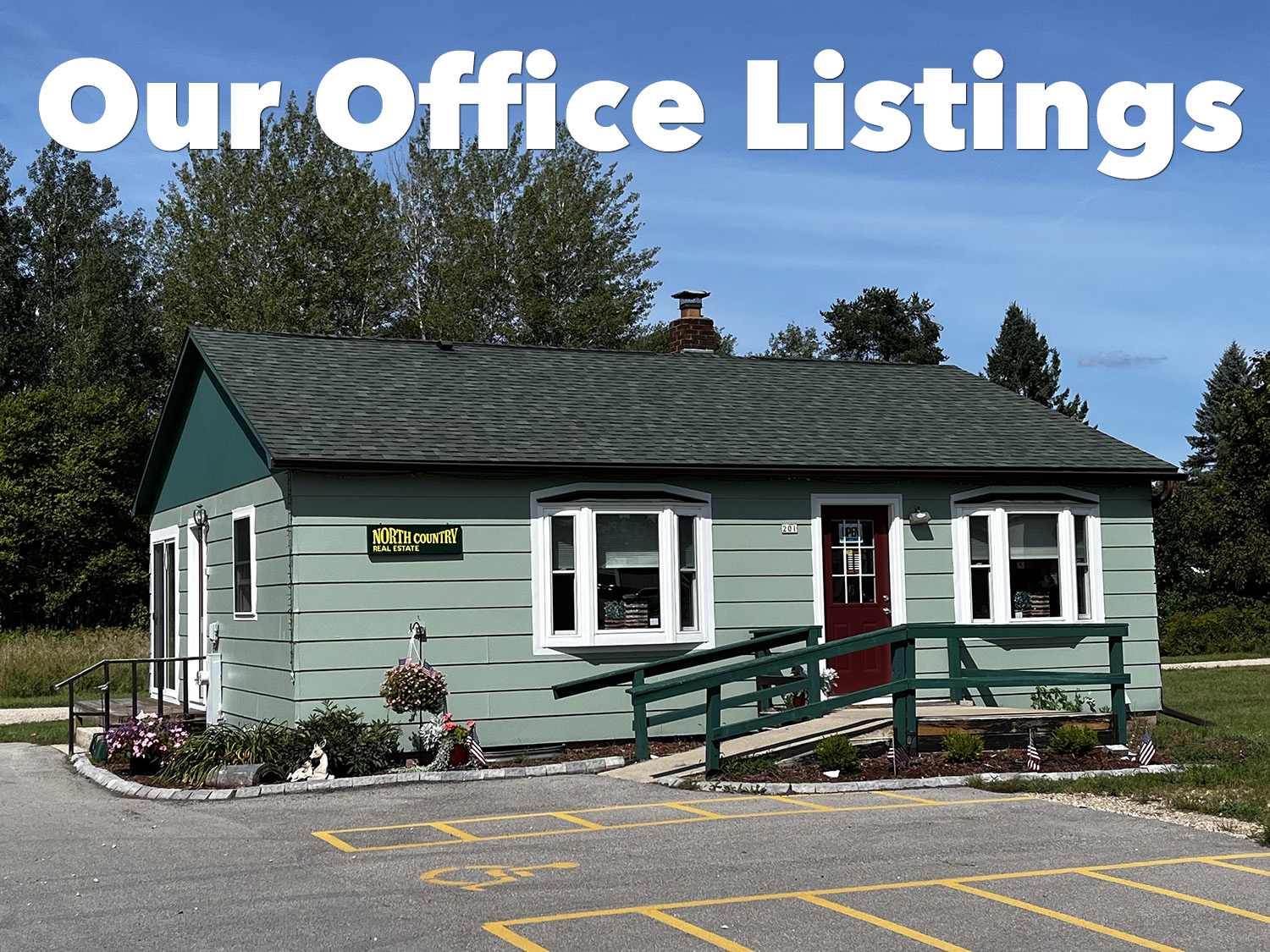
Mar 26, 2015 | Uncategorized
Curb appeal is one of the most important factors in selling a home, and one of the most difficult to quantify, but one thing is certain — homes sell for more money when they have it.
It’s common knowledge that drive-up first impressions count. Buyers want to be charmed and excited about a property as a whole. A clean, tidy front yard, front walk swept of leaves and snow, pavers laid safely and evenly, and an attractive frame of landscaping set the tone for a positive buyer experience.

On closer inspection, buyers can see that the trim has been freshly painted and that you’ve put out a cheery new welcome mat by the front door. So how much more work do you need to do to win buyers over?
Since 2003, replacement costs have generated more value at resale than remodeling, according to the latest Remodeling Magazine 2014 Cost vs. Value report. That’s good news for sellers who want to ramp up their home’s curb appeal.
In fact, the five projects with the best cost to value ratios were all directly related to curb appeal: Midrange roofing replacement rose 5.9% over last year, while midrange garage door replacement was up 5.6%. The 20-gauge steel replacement entry door was up 5.4% and vinyl siding replacement rose 3.2%. In the upscale category, the fiberglass replacement entry door was up 1.7%.
Exterior projects such as these are crucial to any home’s integrity, says the National Association of REALTORS®(NAR.) “These projects also do not require expensive materials and they have the added bonus of instantly adding curb appeal,” says the trade organization.
The quality of materials may also make a difference in resale. For example, a wood deck addition returns 80.5 percent of costs, while a composite deck addition returns only 68.0 percent. A steel entry door returns 101.8 percent of its cost, while a fiberglass replacement door returns only 72 percent of its cost.
While it may seem counterintuitive to pay $100 and only get $72 back at resale, updating is the best way to help a property maintain its appeal to future homebuyers.
“Resale value is just one factor among many that homeowners need to take into account when making a decision to remodel,” advises the NAR. “The desirability and resale value of particular remodeling projects also varies by region and metropolitan area.”
If you’re planning to update your home for resale, ask your real estate professional for guidance. He or she can tell you which improvement projects will provide the most upon resale in your market.

Mar 26, 2015 | Uncategorized
All of the housing news this week has been good—home sales are up for both resales and new construction—and now interest rates have moved lower.
As the spring housing market gets started, home buyers are taking advantage of what industry insiders believe to be the last days of low mortgage rates.
The 30-year fixed-rate mortgage averaged 3.69% this week, down from 3.78% last week. It was 4.4% a year ago this time, according to the Primary Mortgage Market Survey.
“Low mortgage rates are a welcome sign for those in the market to buy a home this spring season and will help to support home buyer affordability,” said Len Kiefer, deputy chief economist at Freddie Mac.
Rates first moved below the 4% mark the week of Nov. 10, 2011, according to Freddie Mac, thanks to intervention by the Federal Reserve. Since then, rates have fluttered up and down marginally, but home buyers have grown accustomed to these artificially low rates. However, the Fed has indicated it will not long continue to hold down interest rates. Indeed, experts are expecting a rate increase this summer.
Home buyers pushed existing-home sales slightly higher in February to a seasonally adjusted annual rate of 4.88 million units, slightly below economist expectations but still higher than last year. Meanwhile, new construction has finally entered the equation, outperforming industry expectations with a 7.8% increase in February new-home sales.
The 15-year FRM also trended down to 2.97% this week, on average, vs. 3.06% last week. It was 3.42% last year this time. Likewise, the 5-year Treasury-indexed hybrid adjustable-rate mortgage dipped to 2.92% this week from 2.97% last week. It averaged 3.1% a year ago this time.
Only the 1-year Treasury-indexed ARM was unchanged at 2.46%. However, it is higher than where it stood last year this time when it averaged 2.44%.

Mar 19, 2015 | Uncategorized
Attention potential sellers sitting on the fence: It could be time to make a move.
Mid-March to mid-April is the best time to hang the sale sign nationally, with homes selling 15% faster and for 2% more than the average sale, according to Zillow. The window tends to be a little earlier for sellers in warmer climates and a little later in colder climates.
“It’s still predominately a seller’s market, but less so than the last year or two,” said Stan Humphries, Zillow’s chief economist. “Some advantages are moving back to buyers; but largely and broadly … it’s still favoring the sellers.”
Here are four reasons you might want to list your home:
1. Low housing supply: Tight inventory is a main reason the ball is still in the sellers’ court.
The level of unsold homes was 4.6 months in February, according to the National Association of Realtors zithromax pills 250mg. That means it would take a little less than five months for all available inventory to sell. In a normal market, a five-to-seven month supply is considered balanced, said Danielle Hale, director of housing statistics at the NAR.
Tight inventory tends to prop up home prices and can result in multiple offers and spur bidding wars.
But at the same time, low supply is also keeping some sellers in their homes. “They aren’t typically going to sell and then rent,” explained Hale. If sellers aren’t comfortable that they will be able to find a new home, it can keep them off the market. “There needs to be more construction in the market to ease the pressure,” she said.
2. Fewer cash buyers: All-cash and investment buyers helped buoy home sales in the last couple years. And while the acceleration of home prices has slowed from its recent double-digit growth, experts still expect modest gains this year, but with fewer cash buyers.
All-cash offers made up nearly 31% of sales in 2014, according to RealtyTrac, a 13% drop from 2013 and the lowest level in four years.
“We are predicting a more stable and sustainable housing market in terms of price growth,” said Ralph McLaughlin, Trulia’s housing economist. “A lot of the growth we saw was from cash buyers, but now we are thinking those buyers will play less of a role.”
3. Higher interest rates: While mortgage rates remain low, experts predict more buyers will enter the market in the coming months.
The Federal Reserve’s recent hint that higher interest rates are coming sooner rather than later could prompt buyers to start their house hunt in order to take advantage of lower mortgage rates.
“When interest rates are thought to be escalating, we see a wave up activity with people getting off the sidelines,” said Budge Huskey, president and CEO of Coldwell Banker Real Estate.
4. Rising rents: Rising rental prices could motivate tenants to make the leap into home ownership. Rent prices have risen 15% nationwide in the past five years in 70 metro areas across the U.S. and income growth hasn’t kept up, according to NAR.
“Every time there’s an increase, it triggers the decision processes on whether [renters] should go into the market and buy,” said Huskey. Getting more buyers into the market, especially first-timers, can help sellers feel more comfortable about their prospects. “It allows others to move up the chain in the market.”
But higher rents can be a double-edged sword, according to Humphries. “Renting is so darn expensive already it makes it hard to save for a down payment.”








